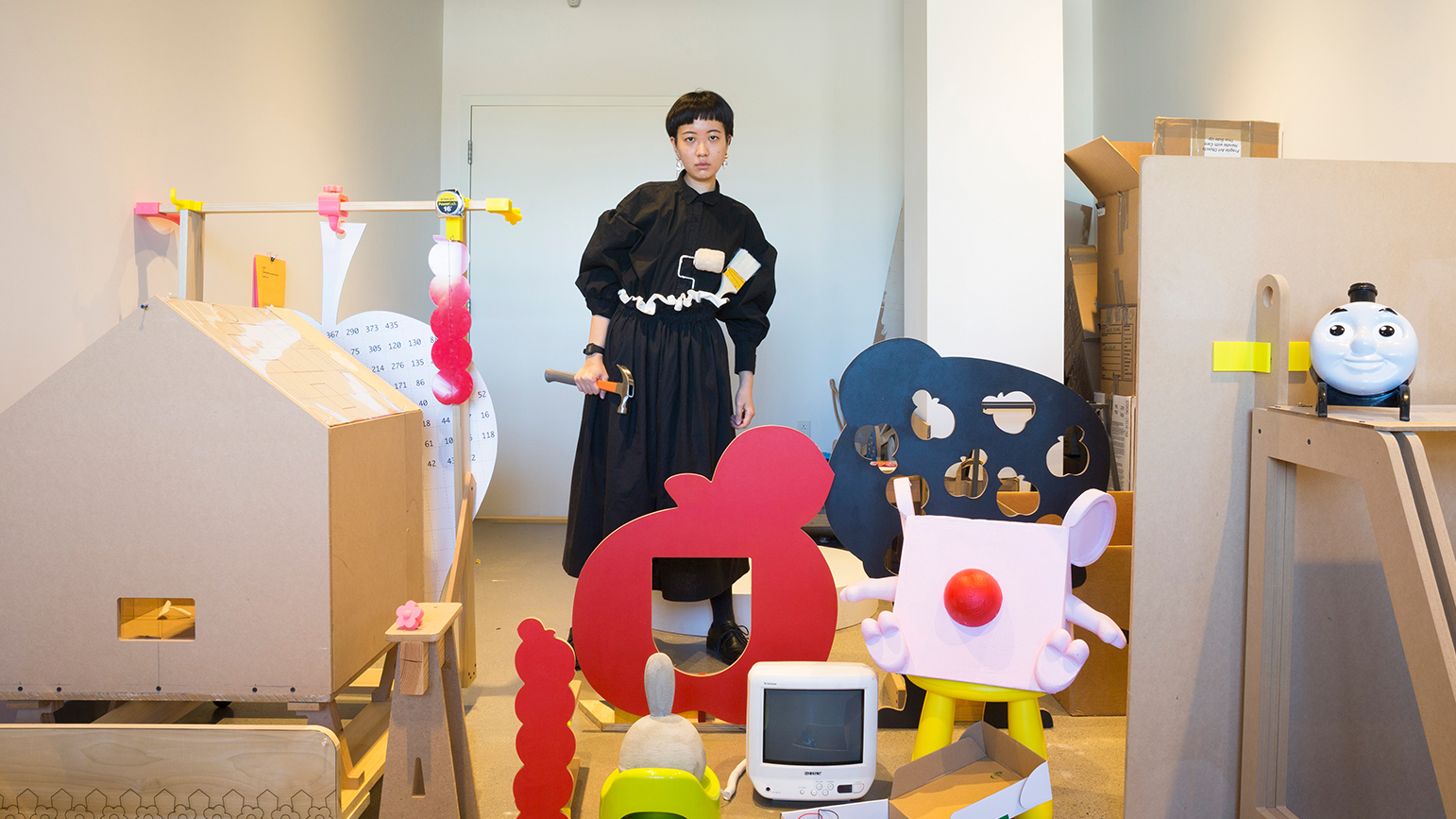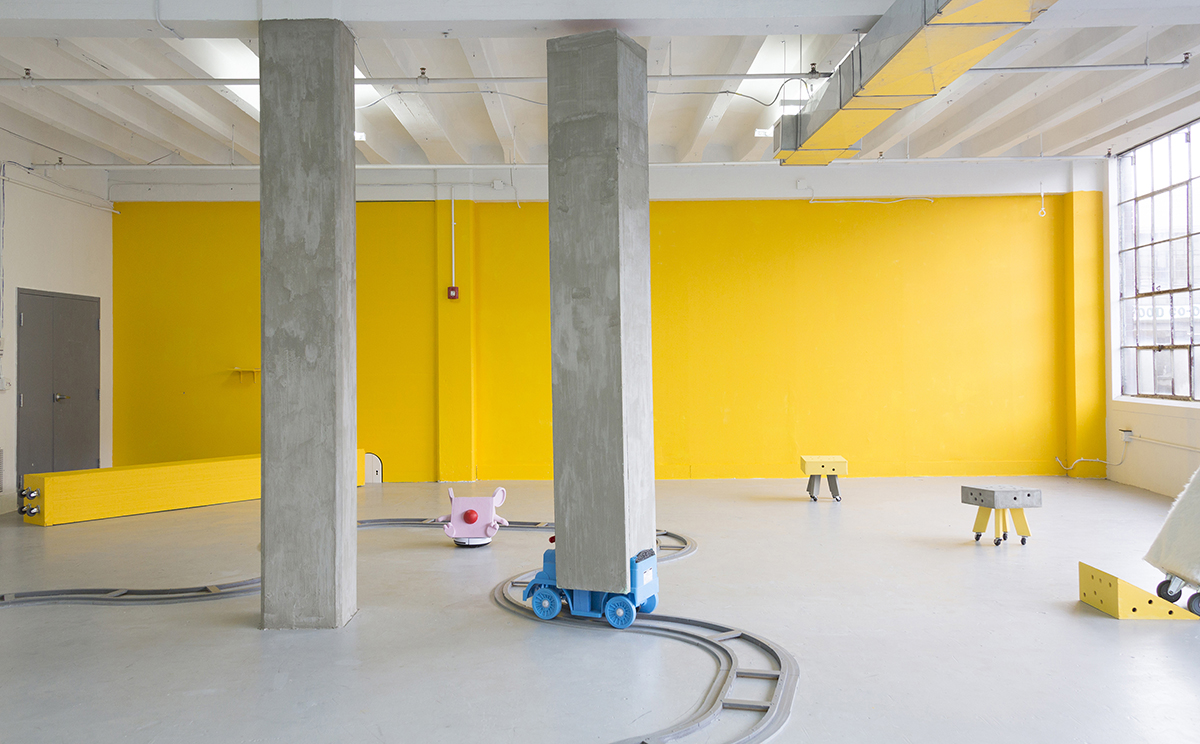
Huidi Xiang
Briefly describe your artistic practice.
I make sculptures, installations, and systems to explore the constant wrestlings, negotiations, translations, and retranslation between the physical and virtual constructed worlds. By combining elements I encounter in my life from different contexts including on- and off-line and reimagining them in a playful yet forensic way, I make works that form a realm situating in between, intending to create alternative narratives to better understand the emerging politics and critical issues in our contemporary life.
How has your artistic practice changed since you’ve been at CMU?
I came to CMU with a background in architecture. So I think my time here is really a journey for me to figure out my own artistic language. Then I guess the biggest change is that now I am more fluent in my idiosyncratic lexicon, and I am more confident that it can help me to better understand both myself and the contexts I am situated in.


Tell us about your work for the MFA thesis show.
My thesis work is an installation consisting of seven sculptures. These sculptures come from reinterpretations of different tools I have encountered or used in my studio, my apartment, the life simulation video games I play, the animations I watch, and the internet. In a way, these works form a new set of tools that help me identify my body, position, and agency in today’s context where the digital and the physical converge, the virtual and the real meet, play and labor merge, and fiction and fact collide.
What (or who) inspires your work?
I always show my work to my friends who are not working in art and ask them what their opinions are. They can be very brutal but helpful at the same time. And I think taking a long walk after dinner always helps when I am stuck.
What’s one thing you wished you had known before starting grad school?
Self-care is the most important thing. Grad school can be very stressful. We need to take good care of ourselves before taking good care of other people and making art.




